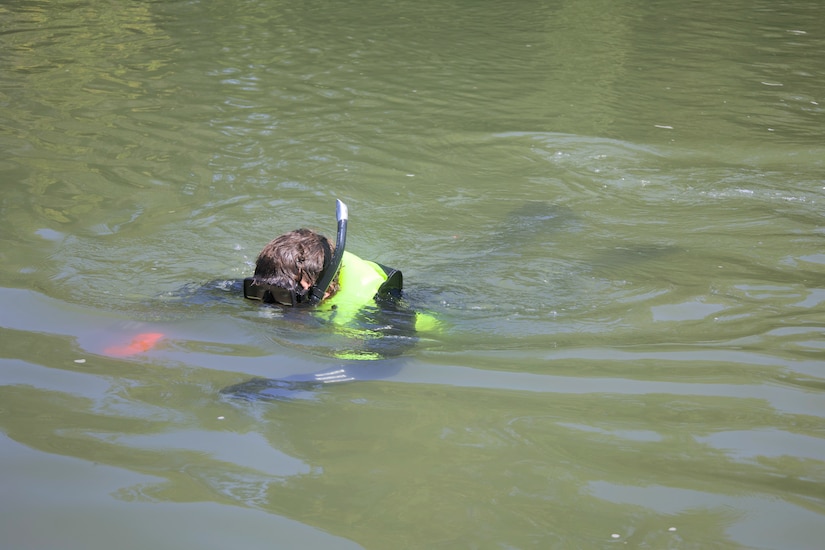#scuba Mobile District Scientific Snorkel Team > Mobile District > News Stories – sam.usace.army.mil
[ad_1] By Jeremy Murray MOBILE, Ala. – For most people snorkeling is swimming along the surface of the water and enjoying the underwater, for the U.S. Army Corps of Engineers, Mobile District it’s a new program to complete the USACE mission. The Mobile District has formed its first internal scientific snorkel team, designed to address
[ad_1]
By Jeremy Murray
MOBILE, Ala. – For most people snorkeling is swimming along the surface of the water and enjoying the underwater, for the U.S. Army Corps of Engineers, Mobile District it’s a new program to complete the USACE mission.
The Mobile District has formed its first internal scientific snorkel team, designed to address missions that require underwater efforts.
“The scientific snorkeling team is another tool in the Mobile District’s toolbox that allows us to deliver upon our mission effectively,” said TJ Rickey, USACE Mobile District’s snorkel team lead.
The scientific snorkel team consist of TJ Rickey, team lead and biologist, Wendy Weaver, archeologist, Joe Stuart, Bret Hegler, Chase Ferrell, hydrological technicians, and Richard Allen, boat operator and coastal engineer.
To start the snorkel team, it took numerous people within the district’s planning and environmental division, engineering division, project management, and the safety and occupational health office to come together and create this unique program.
Team members needed to be certified by completing numerous steps, such as professional association of diving instructors open water diver training, familiarization with USACE Emergency Management guidelines, safety office approval, and training days with the U.S. Fish and Wildlife Service.
Throughout the start up the team members looked on to the USFWS for guidance.
“We coordinate with the USFWS on all projects that could impact threatened or endangered species, under the Endangered Species Act. They are one of our most important partners,” said Stuart
The team has taken on their first mission, monitoring the effort of Choccolocco Creek in Alabama, with the purpose of evaluating potential impacts to three threatened and endangered freshwater snail species known to occur within the creek. Searching for the cylindrical lioplax, painted rock snail, and the tulotoma snail within the 1.8-mile stretch of the Choccolocco Creek will work to set a foundation of data for the study.
“Being able to complete this work allows our scientists and archeologists to be more hands on,” said Rickey. “We’re all very excited to be part of this program and add another capability to Mobile Districts wide repertoire.”
-30-
Adblock test (Why?)
[ad_2]
Source link







Comments